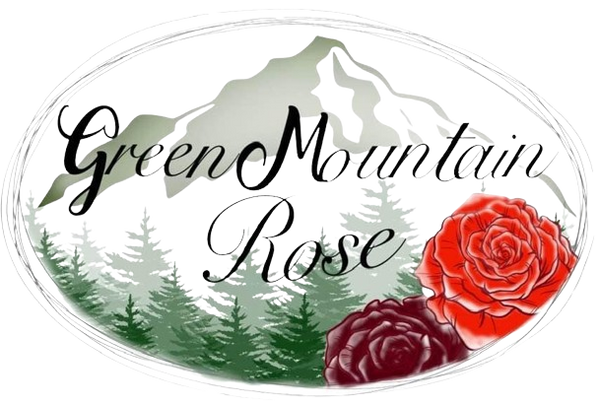
The World of Wool: Understanding Different Fibers and the Processing Journey
RoniLynn ShroutShare
The World of Wool: Understanding Different Fibers and the Processing Journey
Wool is one of the most versatile and sustainable natural fibers, used for centuries in clothing, textiles, and crafts. Different types of wool fibers have unique characteristics, and the journey from raw fleece to finished yarn is a fascinating process. In this post, we’ll explore the different types of wool and the steps involved in cleaning, processing, and spinning it into usable fiber.
Types of Wool Fibers
- Merino Wool – Soft, fine, and highly prized for its warmth and breathability.
- Alpaca Wool – Luxuriously soft with excellent insulating properties.
- Cashmere – Exceptionally soft and lightweight, derived from cashmere goats.
- Shetland Wool – Durable and warm, ideal for knitting and outerwear.
- Mohair – Lustrous and silky, obtained from the Angora goat.
- Angora Wool – Extremely fine and soft, derived from Angora rabbits.
- Icelandic Wool – Coarse and warm, perfect for durable garments.
Step 1: Shearing the Wool
Shearing is the first step in wool processing, typically performed in spring when animals naturally shed their fleece. Professional shearers use electric clippers to carefully remove the wool while ensuring the comfort and safety of the animal.

Step 2: Cleaning and Scouring
Raw fleece contains dirt, lanolin (natural oils), and vegetable matter. To prepare the wool for spinning, it undergoes a cleaning process called scouring:
- The fleece is soaked in warm water with mild detergent to remove grease and impurities.
- Rinsing ensures all detergent and debris are removed.
- The cleaned wool is dried before further processing.

Step 3: Carding the Wool
Carding is the process of aligning the wool fibers and removing any remaining debris:
- Wool is fed through carding machines, which separate and straighten fibers.
- This process produces batts or rovings, which are ready for spinning.


Step 4: Spinning the Wool
Spinning transforms the prepared wool into yarn:
- Hand spinning with a drop spindle or spinning wheel allows for small-batch production.
- Industrial spinning machines produce large quantities of uniform yarn.
- Wool can be spun into various thicknesses, from fine lace-weight to bulky yarns.

Step 5: Finishing the Yarn
Once spun, the yarn is finished to enhance its usability:
- Washing the yarn sets the twist and removes any final impurities.
- The yarn is dyed if needed, using natural or synthetic dyes.
- Skeins or balls are wound for easy handling and storage.

Conclusion
Wool fiber processing is a time-honored tradition that transforms raw fleece into beautiful, functional yarn. Whether you’re a fiber artist, a knitter, or simply appreciate the warmth of wool garments, understanding this process adds a deeper appreciation for the craftsmanship involved. From shearing to spinning, every step ensures that wool remains a cherished natural fiber for generations to come.




